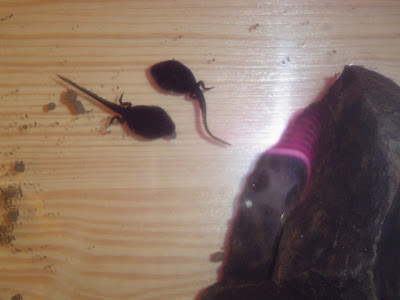
Most educators agree that small children learn math better when they have access to math manipulatives. But are all math manipulatives created equal? Personally, I don't think so. It's very easy to think that you are making math easier for your child by giving them some buttons or a stack of unifix cubes or colored counting bears while solving math problems. But, the fact is, many math manipulatives are only as helpful as the person using them is skilled at math.
When I was student teaching, I worked with a small group of 4th graders who were working at about a 1st grade level in math. We worked on simple addition and subtraction, and we used dried beans as counters. There were many (many) times when my students would get the problem wrong simply because they miscounted. Adding a bean here or there makes a big difference when you are looking for an exact answer. When we moved into double digit subtraction, the beans were even more inadequete. You should have seen my students trying to count out 50 beans and then taking away 23. With that many little beans flying around, it was very easy to miscount.
That's why I prefer the AL abacus for a math manipulative. The AL abacus isn't just any abacus. Each row contains ten beads, 5 yellow and 5 blue. Children are taught how to recognize quantities of 5 and 10, and then of multiples of ten (20, 30, 50, even 100) without counting. When using math counters, they are taught to organize them into groups of 10's, 5's, and 1's just as they do on the abacus, in order to see how many they have in just a glance. The margin of error is so much smaller when using a tool like the AL abacus.
When adding, a child can enter in each addend and easily and quickly see the sum without counting. Alternatively, when they are are using a simple manipulative like a dried bean or button, the child much individually count out each addend, put them together in one group and then recount them to see how many. In my view, this is far inferior to using something like the AL abacus.














































